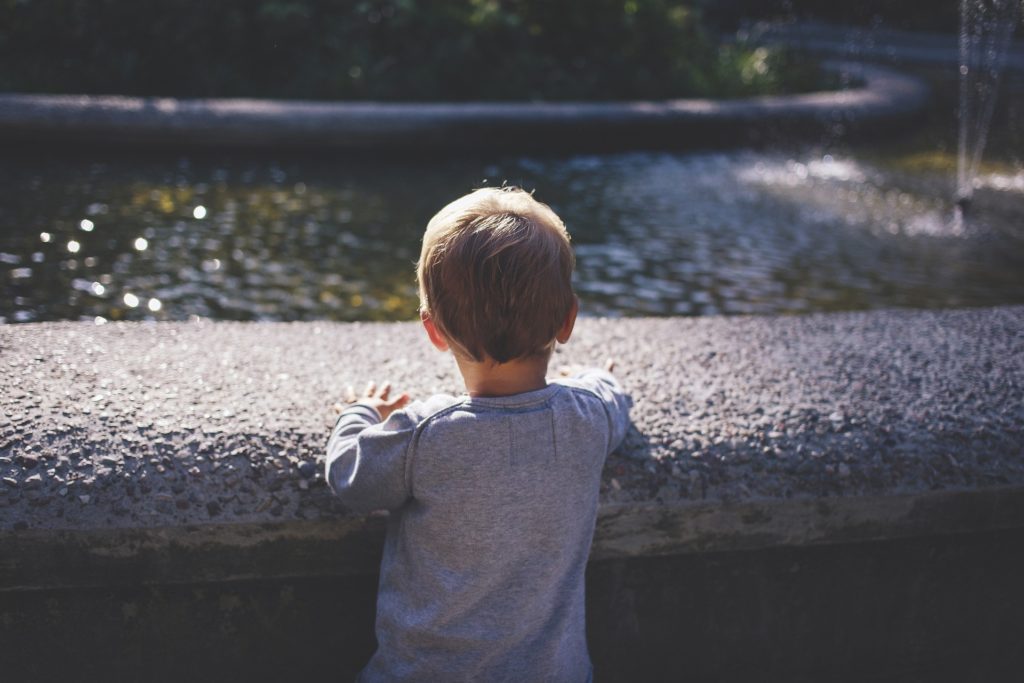
World Health Organisation says –
“Worldwide 10-20% of children and adolescents experience mental disorders. Half of all mental illnesses begin by the age of 14 and three-quarters by mid-20s. Neuropsychiatric conditions are the leading cause of disability in young people in all regions. If untreated, these conditions severely influence children’s development, their educational attainments and their potential to live fulfilling and productive lives. Children with mental disorders face major challenges with stigma, isolation and discrimination, as well as lack of access to health care and education facilities, in violation of their fundamental human rights.”
Having known these facts, we must understand that children and adolescents are as prone as adults to develop mental health problems. However, their presenting complaints may be different and difficult to identify.
These could be some of the warning signs –
A. Behavioural changes – Anger outbursts, overt risk taking, picking up physical fights or trying to self harm, excessive clinginess, refusal to go to school, seeking too much attention
B. Mood changes – A child may be irritable, sad or just too indifferent towards people, surroundings and activities
C. Overwhelming fear or worries for something inapparent to others.
D. Poor attention and concentration in studies or in favourite activities
E. Unexplained weight loss or vague body pains
F. Using drugs or substances of recreational use
If you are having a tough time with understanding why your child is behaving in a particular manner, it would be wise to see an expert. The common mental health problems that children face may not be picked up by the parent or caretaker as it may appear to be part of normal behavioural spectrum. However, an expert would be able to pick it up and guide accordingly.
